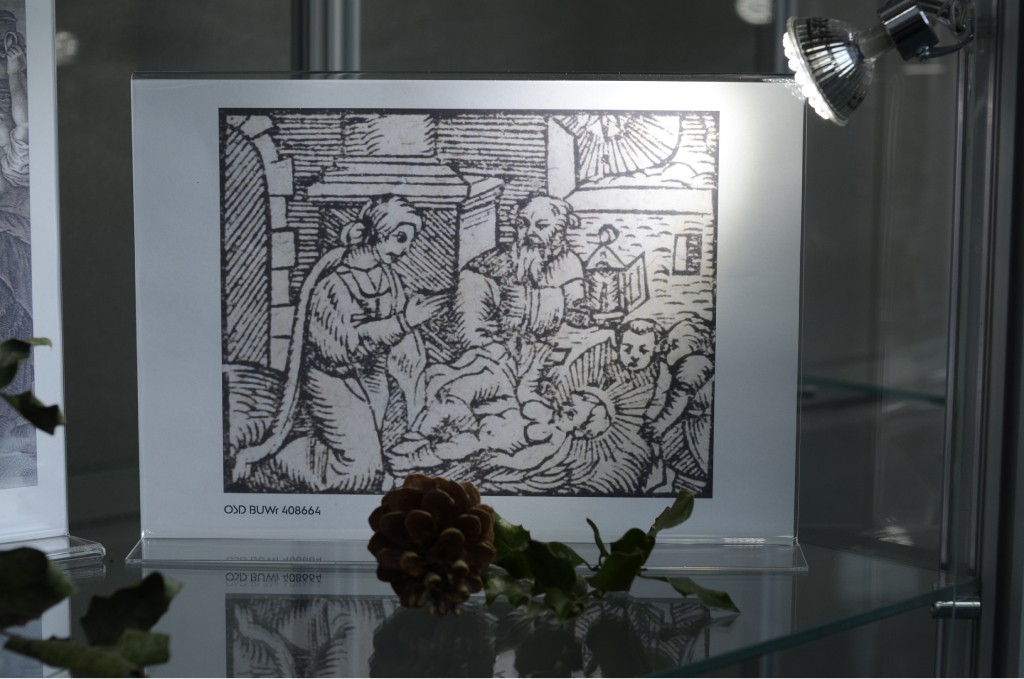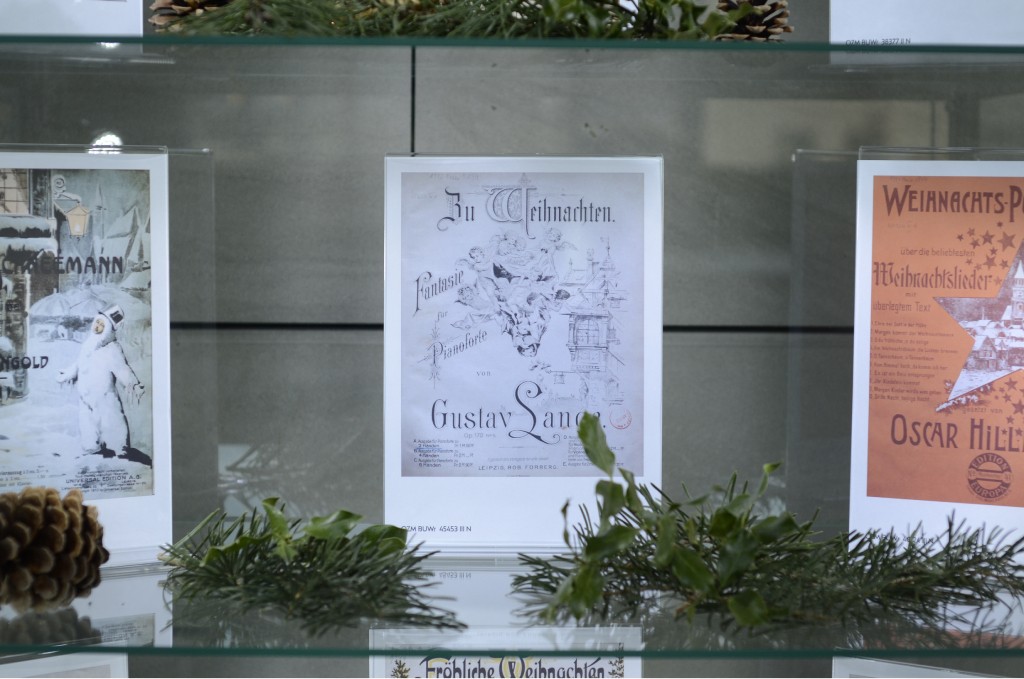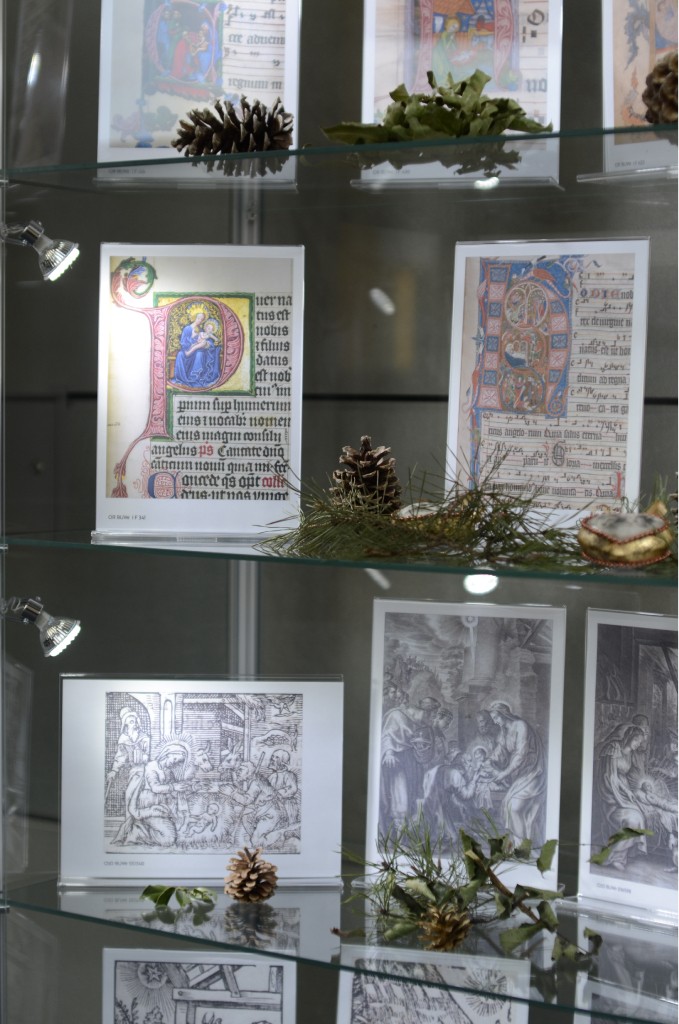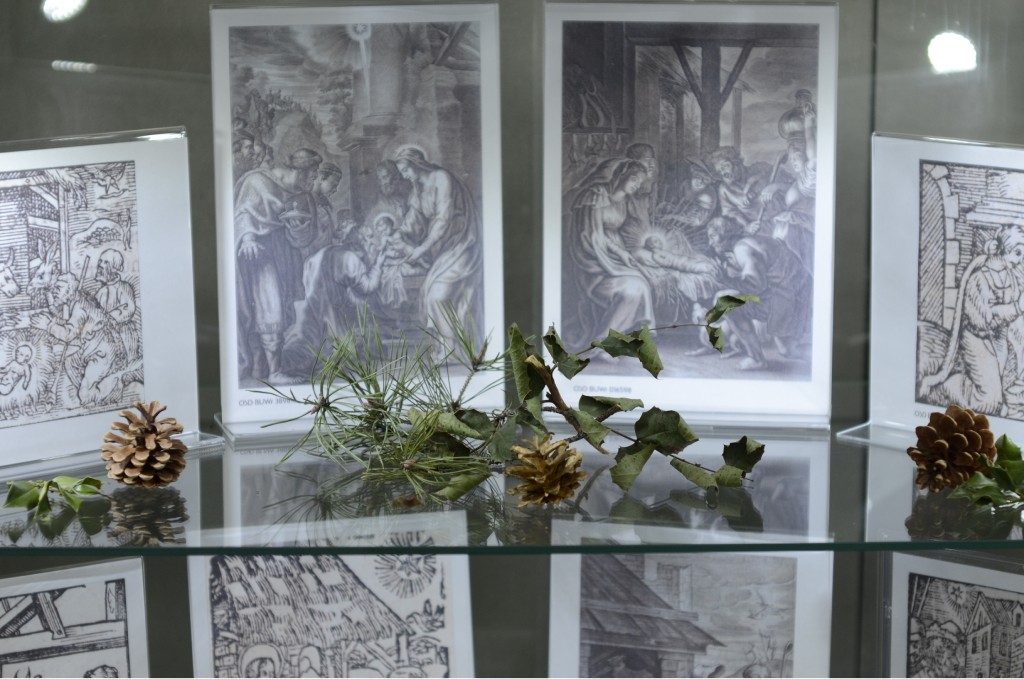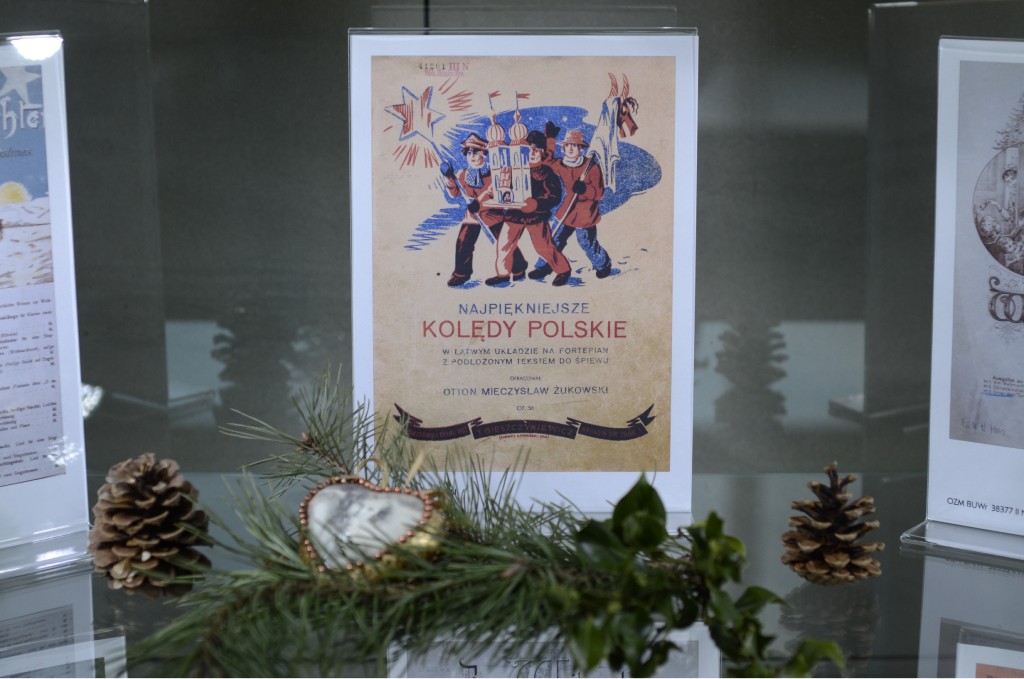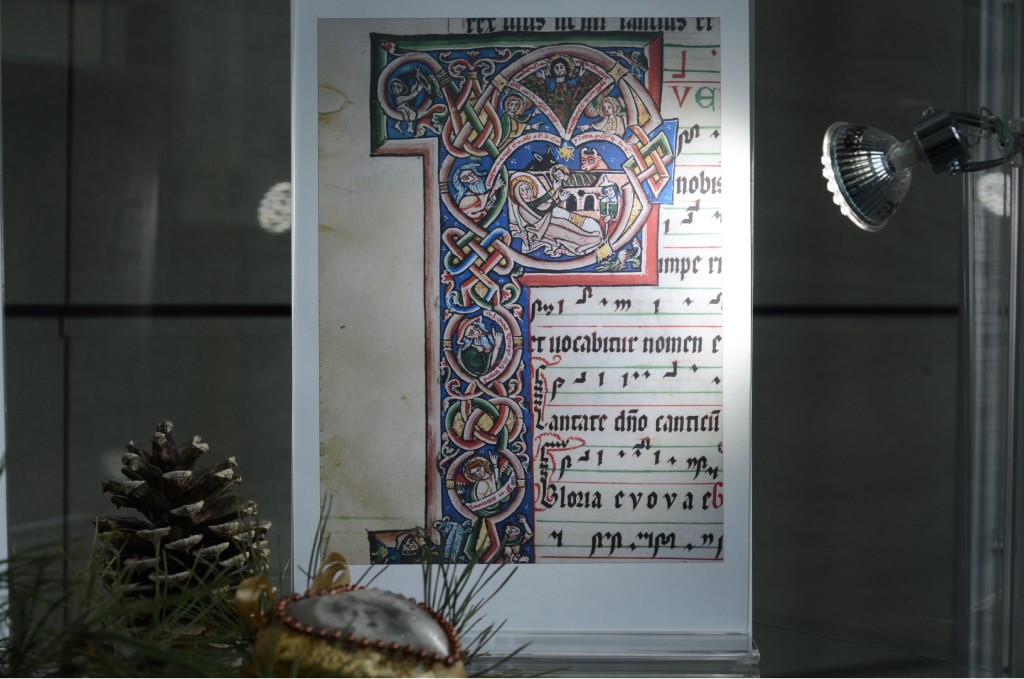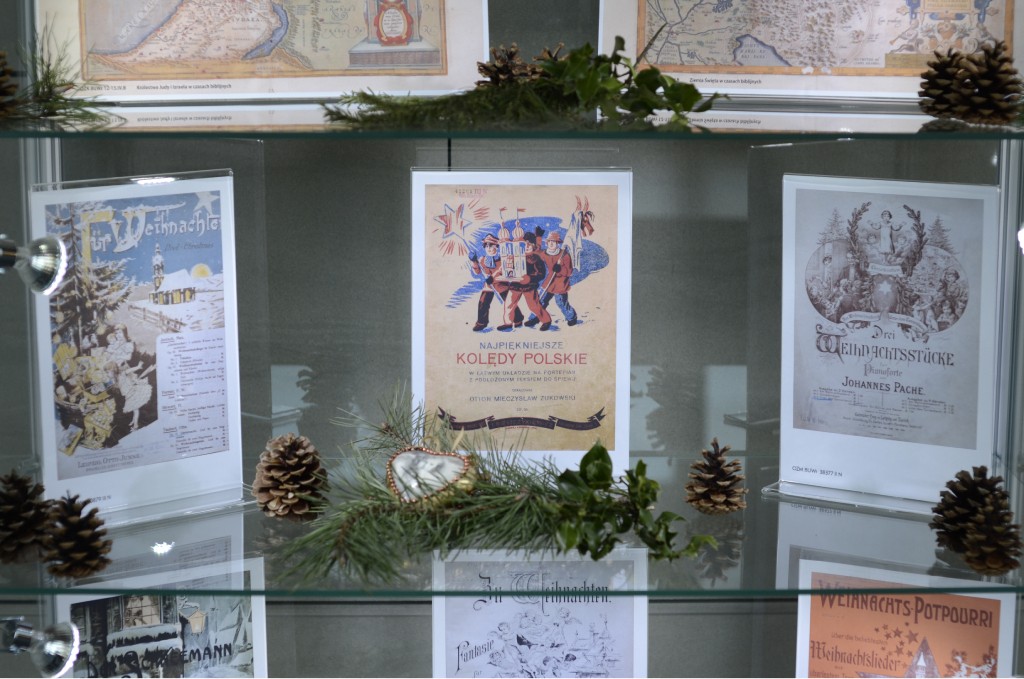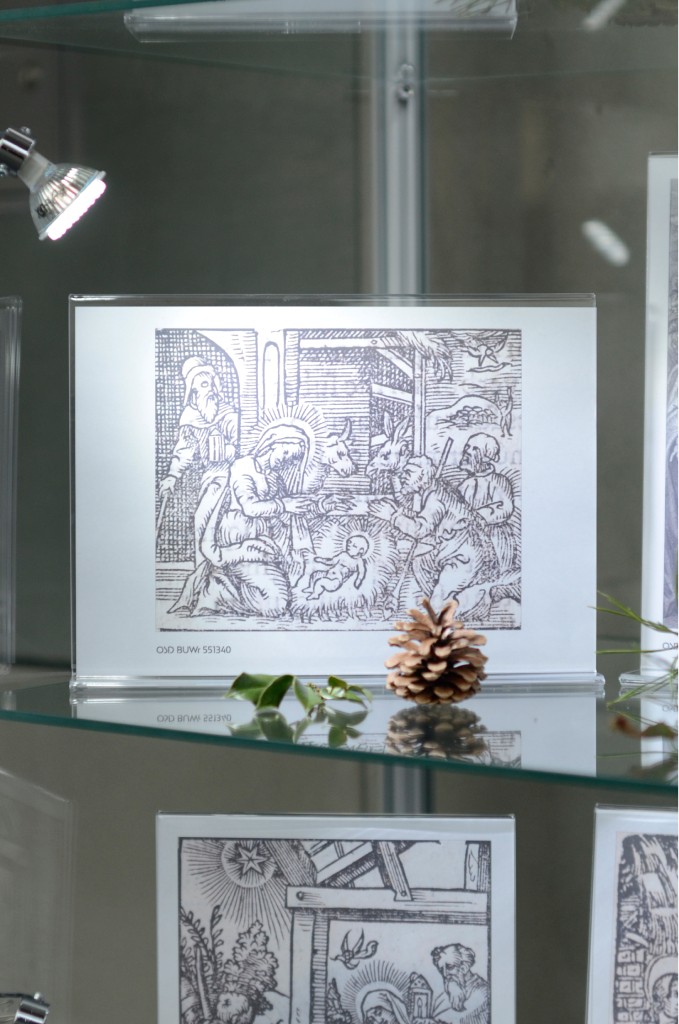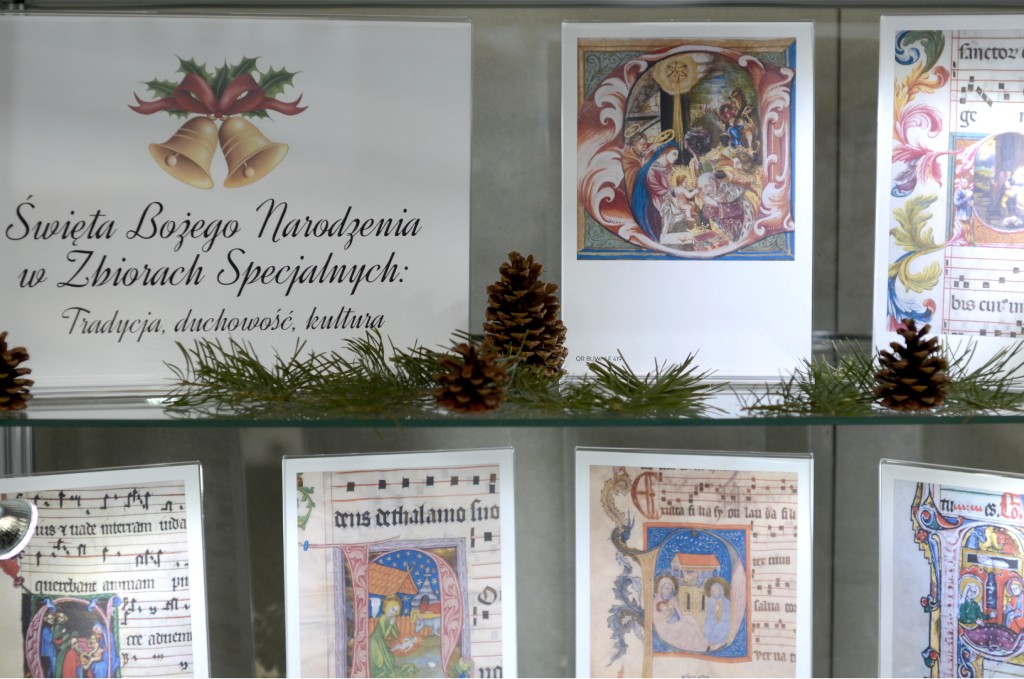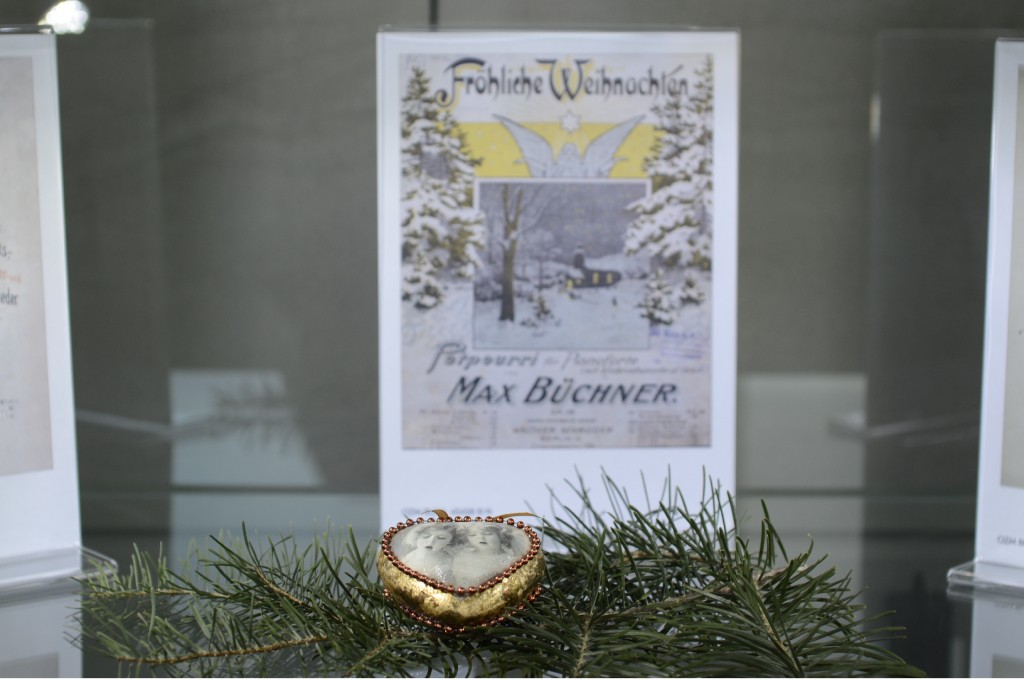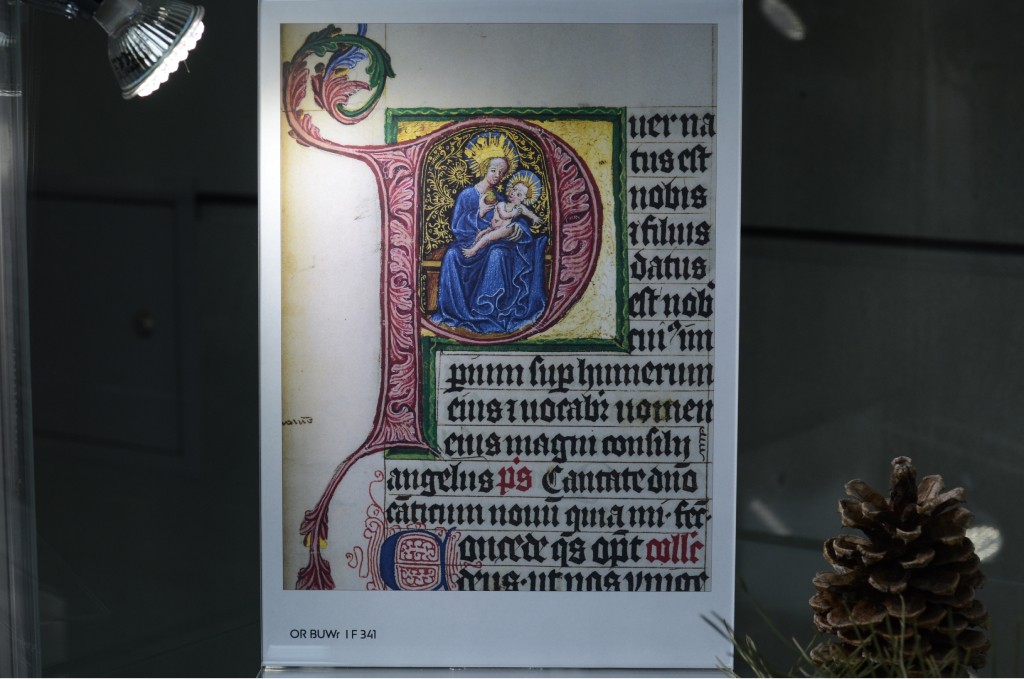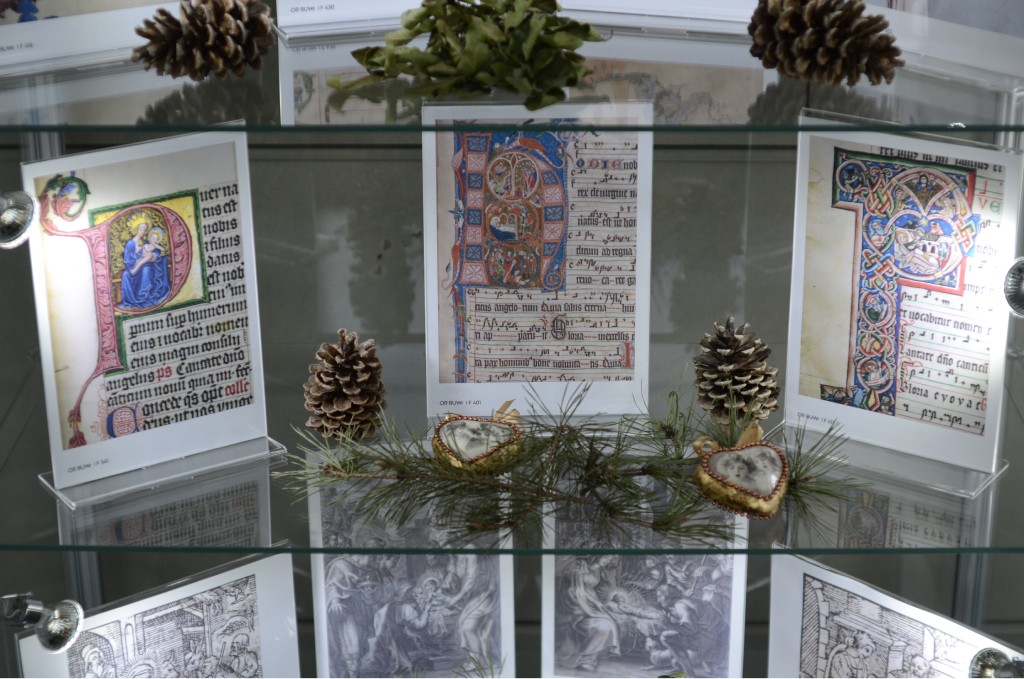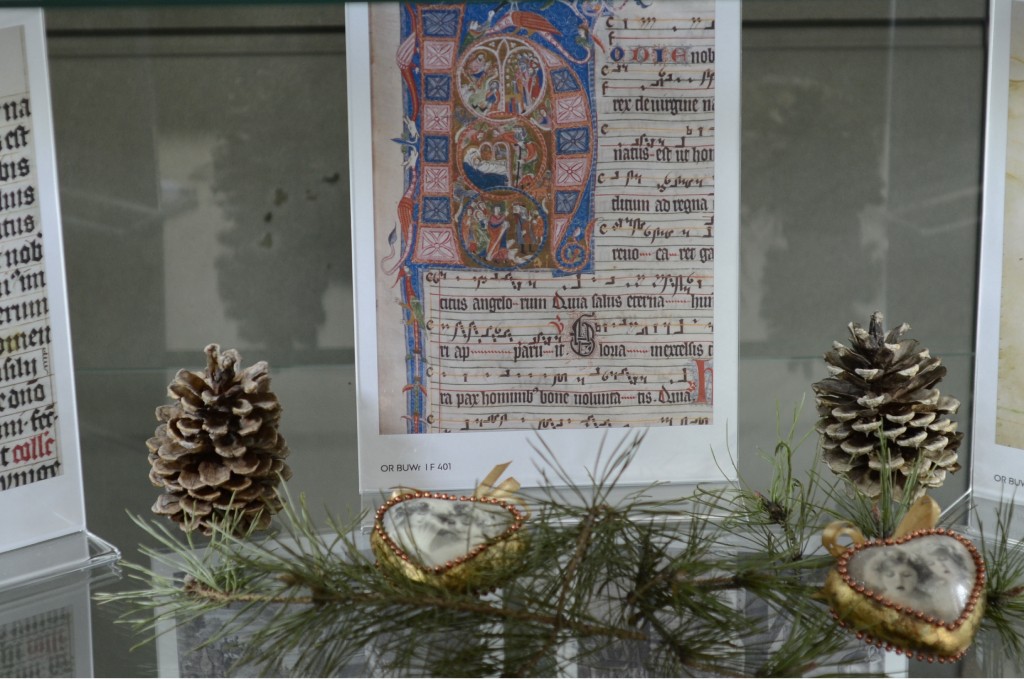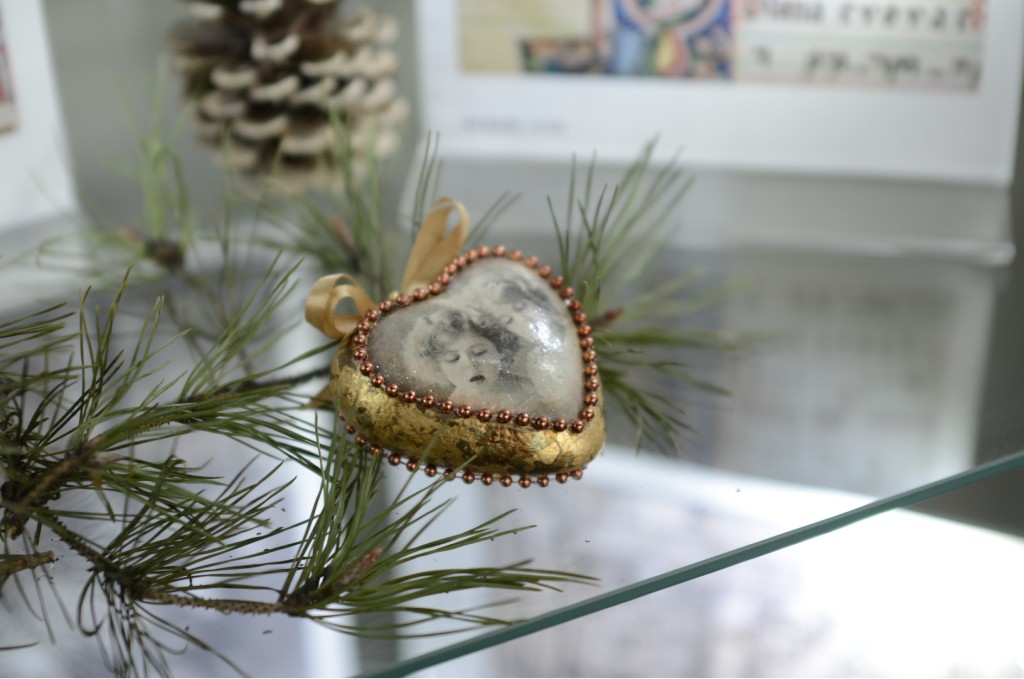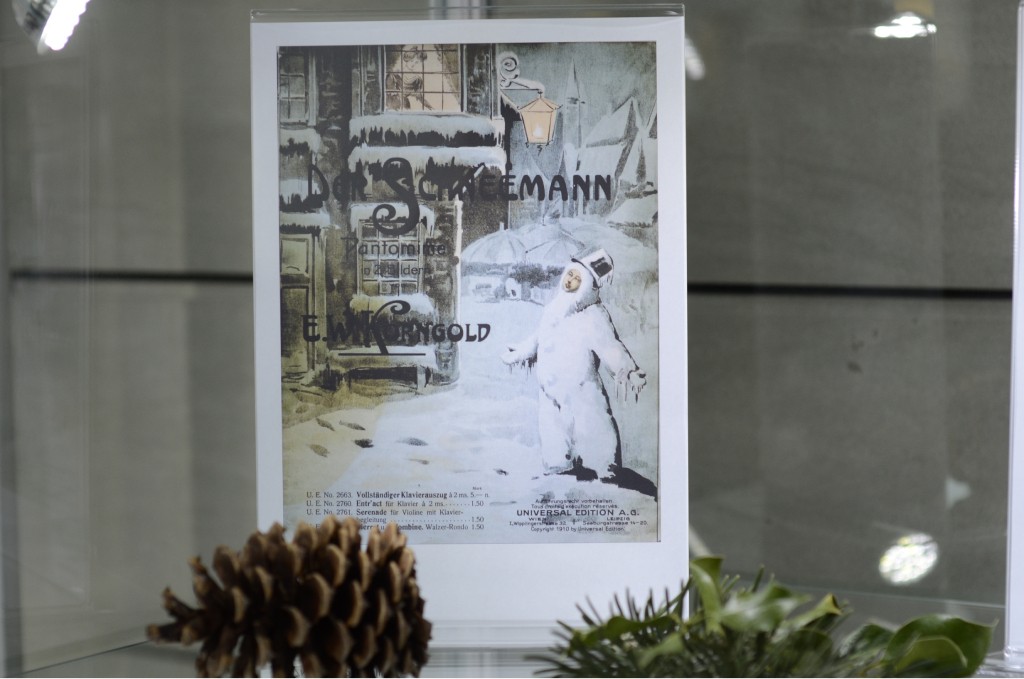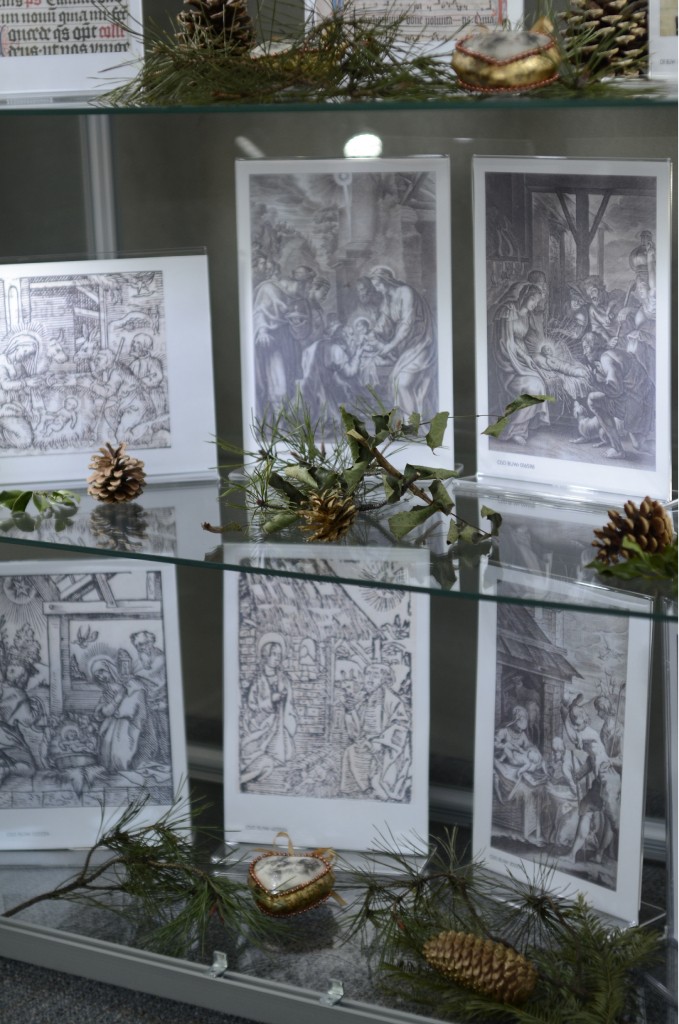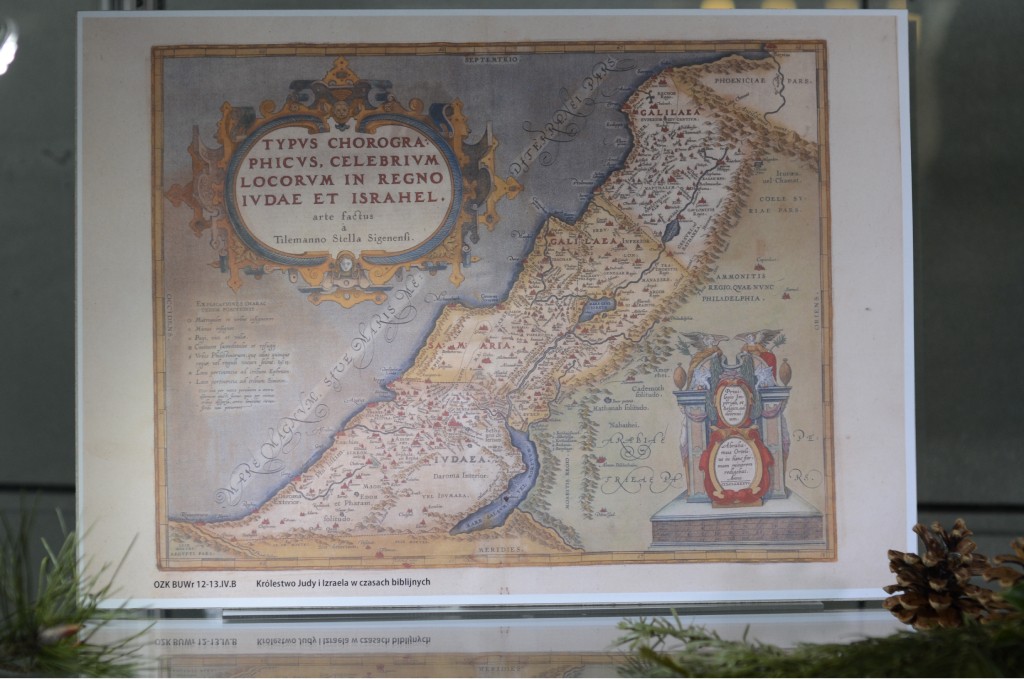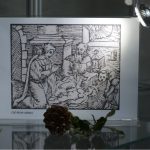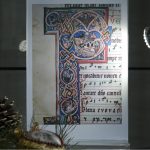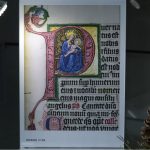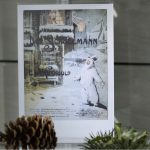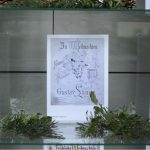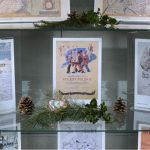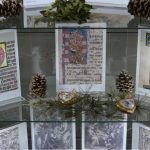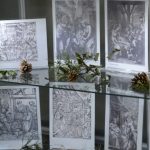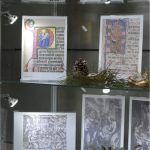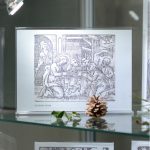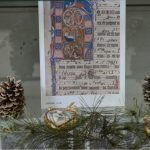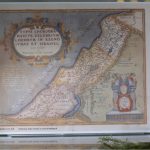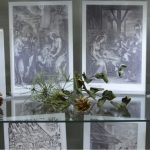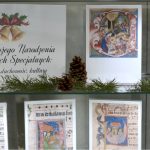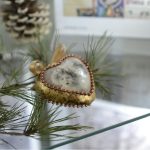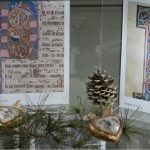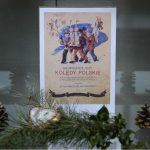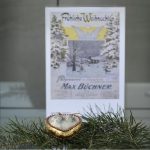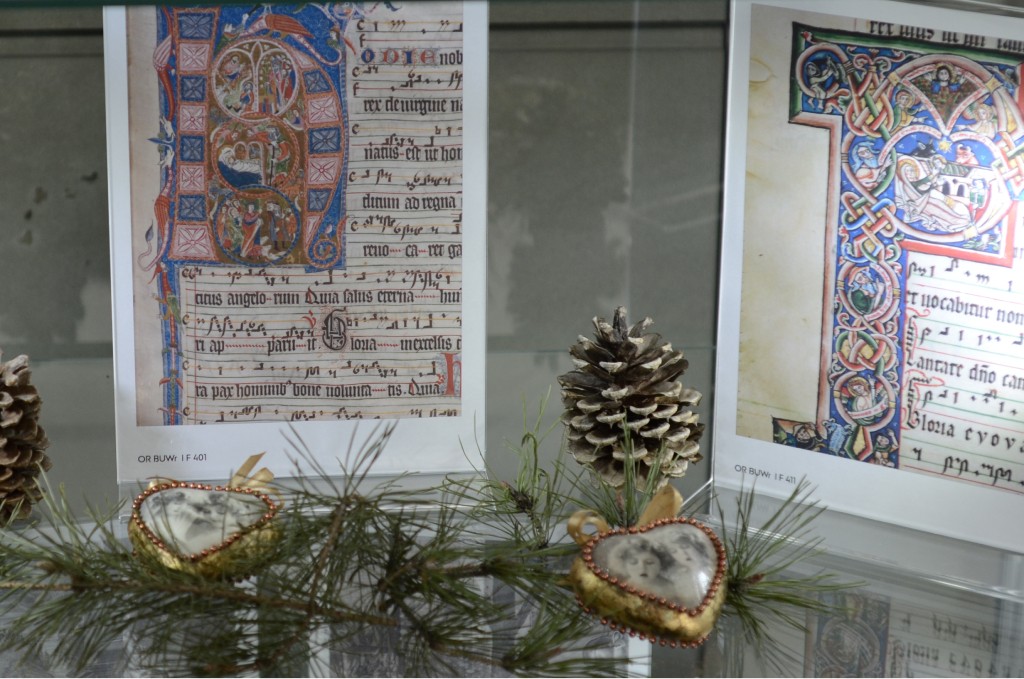
Christmas in BUWr Special Collections: tradition, spirituality, culture
Christmas is a special time when the sacred and the profane are intertwined in one unique narrative. This special time has been reflected in literature, music, art and rituals for centuries. In Christian iconography, the scene of the Nativity of Jesus occupies a special and unique place. The exhibition Christmas in Special Collections presented on this occasion at BUWr invites you to travel through the mystical visions and imaginings of artists contained in the collection of old prints, musicals, manuscripts, prints and cartographic collections.
We want this exhibition to become a bridge between the past and the present, reminding us of the richness of cultural and spiritual heritage, but also of their universal values: love, joy and hope. The collection presented at the exhibition illustrates the variety, depth and symbolism of holiday traditions and their evolution over the centuries. It should be remembered that depictions of Christmas were one of the most popular motifs of Christian art. The artists drew their knowledge from Gospel and apocryphal stories, and their personal interpretation enriched the composition with further details full of mystical symbolism.
The first depictions of the Nativity of the Lord appeared in the 4th century, and then spread throughout Europe. Over the centuries they have evolved and from the scene of the Nativity of Jesus the motif of the Annunciation to the Shepherds and the Adoration of the Three Kings (Wise Men) was extracted. Initially there were simple representations of Jesus, Mary and Joseph, often accompanied by an ox and donkey. Mary lay beside the infant embracing her, while in later depictions she knelt adoring the born Son. Her maternal affectionate gestures or exasperation underscored the strong emotional bond between mother and son. Over time, the birth setting began to abound with more and more details and elements with symbolic content. The place of the Lord’s birth was located in a stable, shed, hut or rock cave. Gradually, new details were added: single angels or entire choirs of angels, scenes of the Annunciation to the Shepherds or, finally, the Adoration of the Three Kings. In addition to the donkey and ox, other animals appeared, such as sheep or, in the case of Epiphany, camels and horses. Sometimes artists placed still lifes, such as bouquets of lilies symbolizing Mary, orioles and irises identified with her suffering, or ears of grain foreshadowing Jesus’ sacrifice. The backdrop of the Christmas setting has also been enriched. There were architectural frames symbolizing the Church (Ecclesia), then landscapes and even genre scenes. However, from the very beginning, the scene of the Nativity of the Son of God was permeated with symbolic and mystical content relating to the child’s mission, his subsequent suffering, death, resurrection and redemption.
Each category of special collections held at the University Library is characterized by a unique context and individual interpretation of the Nativity: The old prints present the spiritual dimension of Christmas through Christmas sermons, Advent prayers and theological commentaries on Scripture. Of particular note are works dedicated to the birth of Jesus. Among the Christmas music, old carols, cantatas and liturgical songs reign supreme, which put the faithful in a festive mood. Unique sheet music manuscripts and the first printed collections of carols show the richness of musical traditions associated with Christmas. They also allow us to observe how Christmas music developed from simple folk melodies to sophisticated compositions performed in churches and royal courts.
The manuscripts are a highly personal record of experiencing the holidays. Among them we find liturgical records related to Christmas full of elaborate calligraphy, unusual miniatures, rich ornaments. Graphics and engravings show the beauty of Christmas images: from traditional scenes of the Nativity, the Annunciation of the Shepherds and the Entombment of the Three Kings to illustrations of Christmas customs, such as decorating the Christmas tree and Christmas suppers. The engravings of the masters, which combine artistic craftsmanship with the depth of the religious message, are of particular value.
The Christmas theme also appears in maps and atlases that illustrate the travels and topography of places associated with the Birth of Jesus in the Holy Land. The cartographic representations show how the Christmas tradition was part of a geographical and religious understanding of the world.
Join us for this unique trip back in time, which will introduce you to the richness, as well as the diversity of Christmas traditions. May the time spent together be an inspiration for a deeper experience of the upcoming Christmas of the Lord!
Bibliography
1. Battistini Matilde, Symbols and allegories in art, Los Angeles 2005.
2. l’Estrange Elizabeth, Holy motherhood : gender, dynasty and visual culture in the later middle ages, Manchester 2012.
3. Kobielus Stanisław, Florarium christianum : symbolika roślin – chrześcijańska starożytność i średniowiecze, Kraków-Tyniec 2006.
4. Malarstwo gotyckie w Polsce, red. Adam S. Labuda i Krystyna Secomska, Warszawa 2004, t.1-3. 5. Sztuka gotyku : architektura, rzeźba, malarstwo, red. Rolf Toman, Köln-Kraków 2000.
Text and photos: University Library of Wrocław
Date of publication: 20.12.2024
Added by: E.K.
